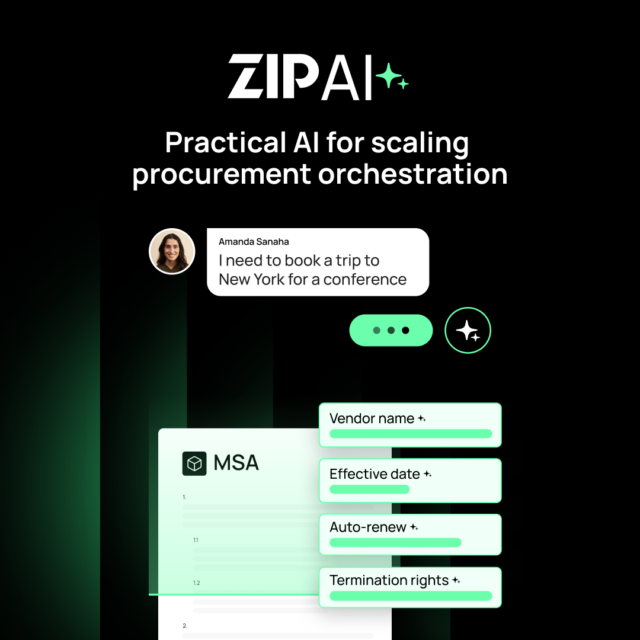Over the last several years, it’s undeniable that the pace and impact of disruptions felt by global supply chains has increased. From the COVID-19 pandemic, a looming recession, and the increasing severity of the climate crisis to war in Ukraine and genocide in Gaza, disruption feels more like the norm than the exception.
In the 2023 Gartner Balancing Sustainability and Resilience Survey, researchers found that 53% of supply chain and procurement leaders reported their supply chains were facing disruptions half of the time or more often.
Procurement plays a more vital role than ever in helping organisations combat disruption, but risks can’t be avoided if they can’t be identified. In this article we have organised the 9 most common causes of disruption procurement faces today.
1. Human Error
Procurement requires a great deal of repetitive, error-prone work. Human errors in manual processes can lead to purchasing mistakes such as incorrect factory orders, resulting in unnecessary costs. In addition to delays and increased costs, human error can incur additional penalties as the result of breaches in compliance, not to mention the long term potential reputational damages. Repeated mistakes amplify the financial impact, emphasising the need for accuracy in purchasing, logistics, and inventory management processes. Upgrading to technologies with built-in automation can minimise such errors and associated expenses.
2. Economic, political, and environmental factors
Global events like armed conflicts or economic sanctions can affect supply chains. In just the last few years, the number of disruptions to agriculture and manufacturing from climate crisis-related events has risen, in addition to geopolitical conflicts. Diversifying suppliers, nearshoring supplier ecosystems, and scenario planning can help businesses respond to such challenges.
3. Lack of contingency plans
Companies must plan for worst-case scenarios by monitoring suppliers’ financial performance to identify those at risk of going out of business and reducing dependence on them. Diversifying supplier pools and reducing reliance on politically unstable countries can help mitigate supply chain risks. Additionally, taking care over the quality of internal and external data, as well as implementing a vendor management system, can help mitigate this risk.

4. Security Threats and Corruption
Cyberattacks like ransomware can cripple procurement operations just like any other part of the company. Procurement, as a highly porous department with lots of contact with outside entities and potentially tens of thousands of interactions per day, is particularly vulnerable. Investing in information security solutions and cyber insurance can mitigate this risk. Procurement is also one of the most common breeding grounds for corruption and fraud. Ensuring rigorous oversight of the procurement process with mechanisms for independent auditing, as well as centralised data management practices to encourage transparency can help reduce the risk of fraud.
5. Flawed forecasting
Inaccurate demand plans can lead to underproduction or overproduction due to stale data, potentially resulting in unsold inventory, product markdowns, and reduced profit margins. Manual forecasting processes without sophisticated demand planning applications may contribute to overestimation of demand.
6. Internal business changes
Reorganisations or key personnel departures can lead to the loss of institutional knowledge, disrupting procurement’s ability to function efficiently. Also, a great deal of deal-making and supplier management still relies on interpersonal connections, which can be severely damaged by staffing challenges. Standardising procurement processes and automating tasks can mitigate disruptions caused by upheaval and turnover.

7. External business changes
Acquisitions or workforce shortages at supplier companies can disrupt the procurement process. Diversifying supplier pools and adding alternative sources can help mitigate disruptions.
8. Pricing fluctuations
Raw material shortages, demand spikes, or natural disasters can lead to price increases. While procurement can’t control these factors, they can plan for them. Stockpiling, diversifying supplier networks, and chasing efficiencies wherever possible can cushion the blow when prices skyrocket.
9. Transportation delays
Delays in transportation due to weather, labour strikes, or breakdowns can disrupt supply chains. Although transport problems have eased compared to previous years, delays remain common.











